- Home
-
MSCA Registered Maremma Sheepdogs for Sale
- Livestock Guardian Dog Training & Consulting
-
Mini Nubian & Nigerian Dwarf Goats for Sale
-
Maremma & Goat Info
- Prancing Pony Farm Blog
-
Maremma Sheepdog Info
- Maremma Sheepdog FAQs
- Favorite Dog Products
- Housing Maremmas
- Grooming Maremma Sheepdogs
- Feeding our Maremma Sheepdogs
- Vaccine and Parasite Protocol for Our Maremma Puppies
- Keeping Your Maremma Sheepdog Cool in Summer
- Goat Milk for Healthy Dogs and Puppies
- Whelping & Puppy Rearing Info & Supplies for LGD's
-
Goat Care Info
- Dairy Goat Blog
- Bringing Home Your New Goat
- Health concerns of your new goat
- Dairy Goat FAQ's
- Goat Care Articles & Links
- Clicker Training Goats
- Favorite Goat products
- Supplies for Goats
- Feeding Mini & Dwarf Baby Goats
- Housing Does & Kids
- Goat Parasites
- Annual Disease Testing of Goats
- Goat Hoof Trimming
- Milking Dairy Goats
- Milking Nigerian Dwarfs versus Mini Nubians
- Our Dairy Goat Milking Parlor
- Disbudding Mini & Dwarf Goats
- Mini Nubian Ears
- Home
-
MSCA Registered Maremma Sheepdogs for Sale
- Livestock Guardian Dog Training & Consulting
-
Mini Nubian & Nigerian Dwarf Goats for Sale
-
Maremma & Goat Info
- Prancing Pony Farm Blog
-
Maremma Sheepdog Info
- Maremma Sheepdog FAQs
- Favorite Dog Products
- Housing Maremmas
- Grooming Maremma Sheepdogs
- Feeding our Maremma Sheepdogs
- Vaccine and Parasite Protocol for Our Maremma Puppies
- Keeping Your Maremma Sheepdog Cool in Summer
- Goat Milk for Healthy Dogs and Puppies
- Whelping & Puppy Rearing Info & Supplies for LGD's
-
Goat Care Info
- Dairy Goat Blog
- Bringing Home Your New Goat
- Health concerns of your new goat
- Dairy Goat FAQ's
- Goat Care Articles & Links
- Clicker Training Goats
- Favorite Goat products
- Supplies for Goats
- Feeding Mini & Dwarf Baby Goats
- Housing Does & Kids
- Goat Parasites
- Annual Disease Testing of Goats
- Goat Hoof Trimming
- Milking Dairy Goats
- Milking Nigerian Dwarfs versus Mini Nubians
- Our Dairy Goat Milking Parlor
- Disbudding Mini & Dwarf Goats
- Mini Nubian Ears
|
We often get questions from people wanting to know what the difference is between does, bucks and wethers and which is the best choice for therm. What you choose depends on why you want goats in the first place. Read on to find out which is the best choice for you. Bucks Bucks are intact males. They have one purpose and one purpose only - to breed the does and make more goats! They do not make suitable pets, especially for children. While they aren’t necessarily aggressive they are big and strong and can be hard to handle when in rut. (Rut is the buck equivalent to being in heat.) They can’t be kept with does except during breeding season so they will need their own enclosure and another buck or a wether for a buddy. (Since goats should NEVER be kept alone.) They have an extremely offensive odor, especially during the breeding season. The reason they smell so bad is that they constantly urinate all over themselves, on their faces, bellies, legs, beards and yes, even in their own mouths! They have longer hair than does and wethers, which makes the stench even worse. They will also urinate on any and everything within reach, including you sometimes, if you stand too close! (Ask me how I know! 😩😆) The smell is really hard to get off once you touch them, so most buck owners keep handling them to a minimum and keep them far away from the milking does (outside of breeding season) and milking area so as to not taint the milk. Sometimes they get urine scald from all of that self-inflicted nastiness and need to be bathed and treated with diaper rash cream. That doesn’t exactly make for a creature that you want to pet and snuggle with so it’s really only recommended to have a buck if you have several does that you breed every year. If you breed but just have a couple of does you’re better off using buck stud service than housing one of these stinky boys of your own all year round! Does Does are females. They are smaller than bucks and do not have any kind of offensive odor. They are generally sweet, calm and easy to handle, even by children. They are popular as 4H and FFA projects but what they are best suited for is breeding and milking. They will come into heat about every 3 weeks during the breeding season and may signal this heat by calling out and play fighting with the other goats. Once bred they will have babies in 5 months and can be milked for several months after that. Most well cared for dairy does can be bred to have babies every year and can be milked until 2-3 months before they have their next litter. Of course you don’t have to breed your doe but it’s normal and healthy to do so. That’s what they were bred for! They do also make great pets and many people choose them for that purpose, but they cost more than wethers so you need to keep that in mind. Wethers
Wethers are castrated males. They aren’t aggressive and don’t get as big and bulky and hairy as bucks and they have no bad bucky odor or disgusting habits! They also don’t come into heat like does so you don’t have to worry about them yelling for a date during breeding season. 😆 They make great companions for either does or bucks and good weed eaters. But what wethers really excel at is being sweet, loving, entertaining pets. They are also less expensive than does or bucks so you can usually purchase two wethers for less than the cost of one doe. If you don’t want to milk or have baby goats and just want fun and adorable pets I highly recommend wethers!
1 Comment
Before you bring home your new goats you should be prepared with all the supplies you’ll need to take care of them. Below is a list to get you started!Basic Supplies
Medical, Grooming & Nutritional supplies
We prefer to feed all of our animals as healthfully and naturally as possible. We avoid most commercial feeds because they are usually full of soy, GMO's, by-products, chemicals and other questionable ingredients. We drink the milk from our goats and eat the eggs from our chickens so we don't want this stuff passed on to us. Furthermore we want our animals to live a long and healthy life and we feel that avoiding certain feed stuffs will help them do so. All of our goats get:
Filling the hay barn once or twice a year is a big, multi-day job!The mainstays of a healthy goat diet: high quality, green, leafy hay, high quality loose minerals and forage.Additional food:Grain: We don't feed much grain since goats are ruminants and get most of what they need from high our quality alfalfa (and grass or forage) hay and free choice loose Crafts-Min minerals. Roughage (hay, trees, etc), not grain, is what makes milk and keeps goats healthy, so that's the foundation of their diet, while the minerals balance everything out. We do give some grain to does on the milk stand. Our bucks don’t get any grain. Grain is not good for male goats as most grains are high in phosphorus and can cause urinary calculi! Please, don’t feed your male goats grain, especially pet wethers. It can lead to a very sad end. (Alfalfa is ok for bucks and wethers as it actually helps prevent UC. Just don’t overfeed it or they can get too fat!) We have not found a need to feed our bucks grain even during breeding season because they get everything they need from alfalfa hay and CraftsMin loose minerals. We don't like to use commercial feeds because of all the GMO's, soy, etc. We also refuse to use any commercial feed that doesn’t use a fixed formula. Therefore we feed either whole oats or rolled barley (or both) to does on the milk stand, nursing does and kids and as an occasional treat to dry does. Sometimes we add a little BOSS (Black oil sunflower seed) for variety. Electrolytes: When it’s really hot out we give electrolytes to keep the goats hydrated, especially does in milk and young kids. Our brand of choice is Sheep and Goat BlueLite, which we get at Premier 1 Supply. Treats: We use large alfalfa/grass hay pellets or Manna Pro Saddle Snacks horse treats from Tractor Supply as a treat and the goats and horses love them. If you see the goats or horses mugging my pockets they are looking for these treats! 😆 Some of our goats also enjoy things like animal crackers, raisins, apples, mandarin oranges and such. And a few will knock you down for a banana. We feed all our overripe bananas to them, peels and all. ☺️ That’s the basis of a healthy goat diet: sweet and simple, and relatively inexpensive, when you’re only feeding a few goats, at least! 😆 And in exchange for these food we get plenty of sweet, delicious milk, adorable babies and goat kisses! 🐐🐐🐐🐐🐐 If you’re purchasing goats from us this article is to help you prepare for your new arrival before you pick them up. If you live in another area of the country and are getting your goats elsewhere this article may still be beneficial to you but keep in mind that some things mentioned here are regional, like types of hay commonly available or shelter appropriate to the weather of the area, and some things are dependent on the types of goats being discussed. We raise Mini Nubian and Nigerian Dwarf Dairy Goats on our farm in Central California, where winters are mild but summers are brutal and where alfalfa hay is the most economical and readily available thing to feed livestock of any kind but grass and browse are almost unheard of. The info we are providing here is based on what we do with our herd, based on our geographic area and their needs. If you don’t live in this area then adapt it to what works for you, but if you do live here and especially if you are buying a goat from us this article should help you be better prepared to start this fun new adventure! Things You'll Need Before Bringing Your Goats Home:A Goat Buddy Goats are herd animals so the first thing your new goat needs is another goat buddy! A dog is not an appropriate substitute for another goat because a dog is not a herd animal, like a goat is. A horse or pony is better than nothing but really, goats need to be with others of their own kind, that think, play and act similarly. Your goat won’t be as happy and healthy by itself as it will be with another goat. It may be stressed and stress leads to illness and sometimes death in goats. It will be overly dependent on you, often yelling for attention all the time. And you will miss out on the joy of seeing the goats playing together. So do your goat and yourself a favor and make sure you have at least two! Or 3, or 10! ☺️ Proper Housing Goats can handle cold weather but they can’t handle excessive heat or too much rain, so appropriate shelter is a must. (They are susceptible to both heat stroke and pneumonia. And they HATE rain!) This can be as elaborate as an enclosed barn or a run in shed or as simple as a large dog house or a calf hutch. Our bucks live outdoors with large calf hutches and Dog Igloos for cold and rainy weather and a tall open horse shelter for shade in summer. Our does and kids live inside a large horse barn or in paddocks with large calf hutch shelters. We use both Polytec and Calftel hutches and love them because they are easy to move around, especially the Polytec ones because you can just roll them! In winter time they also have large dog houses and small calf hutches inside the barn for extra warmth. We provide Premier 1 Heat Lamps in the calf hutches during kidding season in the coldest months. Since our barn is a very open and tall horse barn we also use Shade Sails around the barn and paddocks in summer to keep out the heat and tarps in the winter to keep out rain and wind. We deep bed the stalls during winter and kidding season with hay, straw or pine shavings but we keep the floors bare in summer and rake daily. Protection from Predators Goats are at high risk from predators and even horned goats can’t protect themselves adequately from such attacks. I highly recommend you have a Livestock Guardian Dog in place the minute you bring home your goats. Even if you don’t have coyotes, mountain lions and bears you may have stray dogs as well as human predators who would hurt or steal your goats. The first line of defense is a properly locked up and secure pasture or barn. The second defense is a LGD. If you don’t have a LGD then lock your goats up tight inside a completely enclosed barn at night and pray. Seriously. You need a LGD! You can’t undo a dead, injured or stolen goat. It’s not a matter of “if” but “when” something will happen to them if you don’t have a LGD. We use and breed Maremma Sheepdogs and we have two kinds of people who buy our puppies. The ones who are planning ahead and get a LGD before they have a predator problem. And the ones who get one after they’ve lost stock to predators or theft. You don’t want to be the second kind. 😢 And a LGD is NOT a collie, German Shepherd or any other herding breed or non-LGD breed. It is one of several breeds of dogs bred specifically for thousands of years to bond closely with and protect livestock. We use Maremma Sheepdogs and highly recommend them but at least make sure you get a dog that’s ONLY a LGD breed, not a non-LGD breed or worst of all, a mix of LGD and non-LGD. THAT is a disaster waiting to happen! Proper Transportation You should bring a medium sized dog crate to transport your goats home in, as well as a leash and collar, if you think you’ll need to get them out along the way. You may not need the large crate when they are tiny babies but you will eventually so if you don’t already have a smaller crate I would just go for the biggest one you can find now. We transport even our biggest bucks in a large dog crate in our mini van! *Please note that the the size crates we have and use are these two:
*Transporting more than one goat in the same crate is perfectly fine, so long as it’s big enough, and they’ll probably be happier together. *The average weight for 9-12 week old Nigerian Dwarf kids is about 15-25 lbs and the same age Mini Nubian kid is roughly 25-40 lbs, so use that as a guide to cage size. Feeding Supplies First you’ll need a hay feeder. There are lots of styles to choose from, bought and homemade. Goats need basically free choice hay but they are notorious for wasting hay so I wish I could tell you I have found the perfect feeder but I haven’t. I just try to rescue the wasted hay before they use it for a toilet and feed it to my horses, who eat anything! 😂 You’ll need a good sized water bucket but not so deep that baby goats will fall in and drown. I prefer automatic ones so I don’t have to always fill them but I check them daily to make sure they’re working properly and to clean them if needed. A mineral feeder of some sort to put the free choice loose minerals in is vital. We use big ones from Caprine Supply that hold about 20-25 lbs at a time, but if you just have a couple of goats a small one will do. Just make sure they can’t knock it over and waste those minerals and try to hang it high enough that they don’t decorate it with goat berries! If you feed grain you’ll need feed buckets but it’s mainly milking does that need grain, not pets and dry goats. But having a few feed buckets or pans on hand helps when you need to entice the goats into the pen! Simple alfalfa pellets or plain oats will do for this. Other things you'll need will be listed in another post and will include: |
AuthorHi I'm Kim. I love all animals but goats and dogs are my favorites so I built a business around them, breeding miniature dairy goats and Maremma Sheepdogs. I love sharing my passion and knowelege of these amazing creatures with others. Archives
June 2022
Categories
All
|
"Above the arch there was a lamp, and beneath it swung a large signboard: a fat white pony reared up on its hind legs. Over the door was painted in white letters:
The Prancing Pony by Barliman Butterbur."
~ from The Fellowship of the Ring: Being the First Part of The Lord of the Rings.
|
We are located in Lemoore, California.
|
Amazon Disclosure: Prancing Pony Farm is a participant in the Amazon Services LLC Associates Program, an affiliate advertising program designed to provide a means for sites to earn advertising fees by advertising and linking to amazon.com.
|


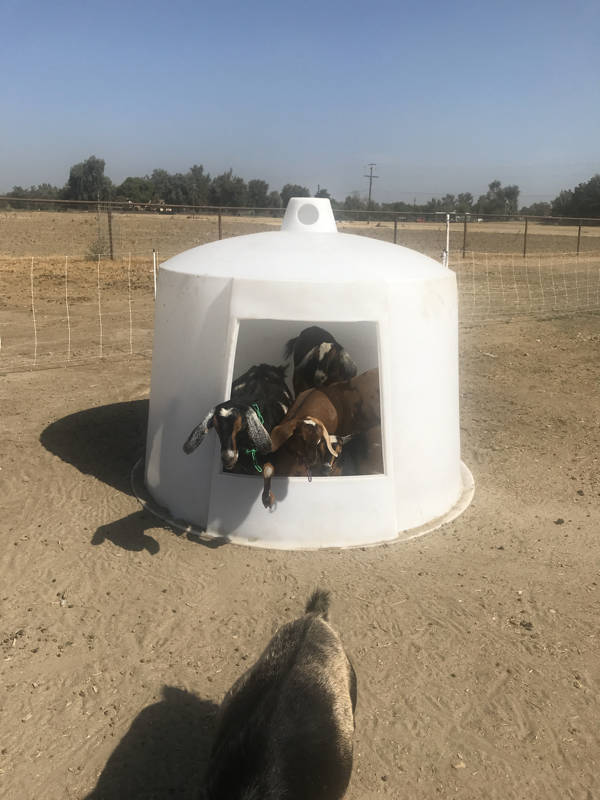
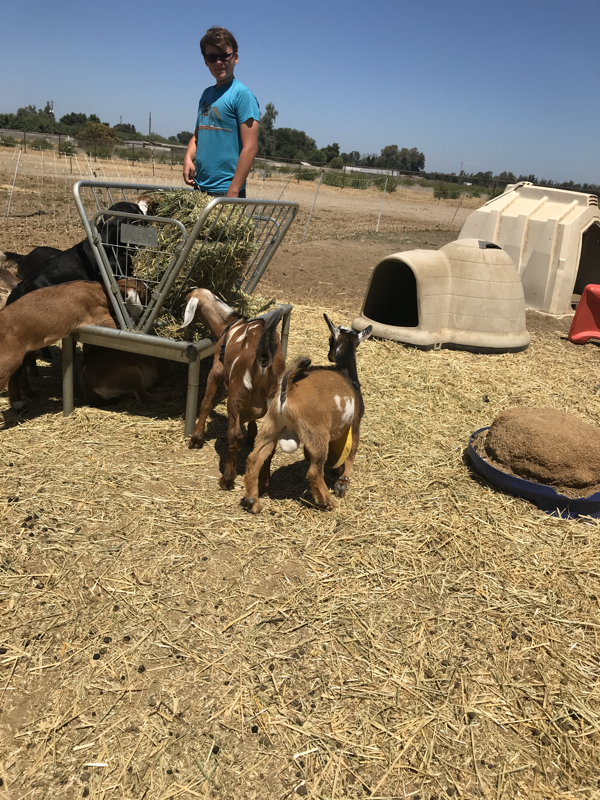
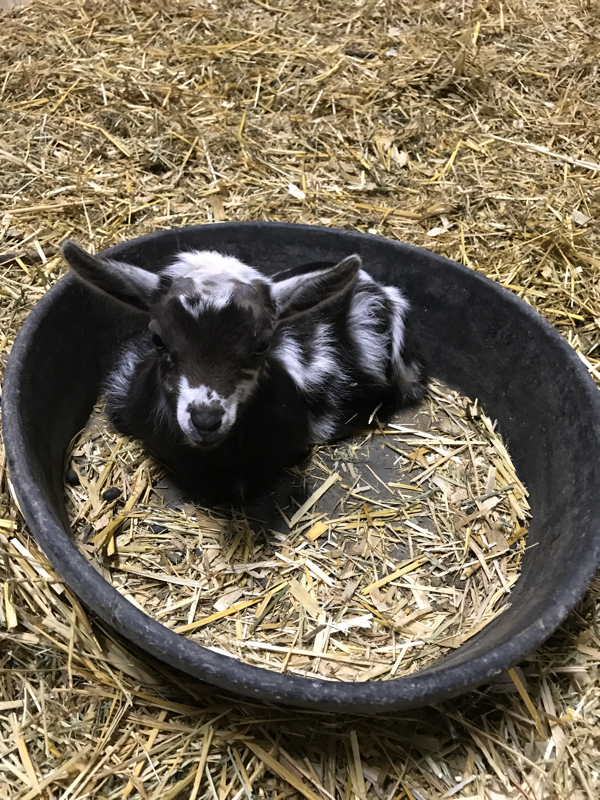

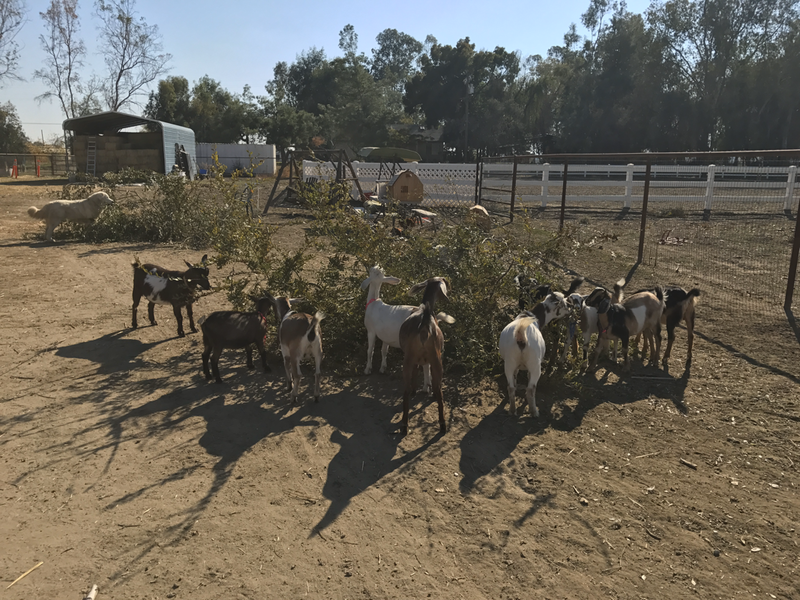



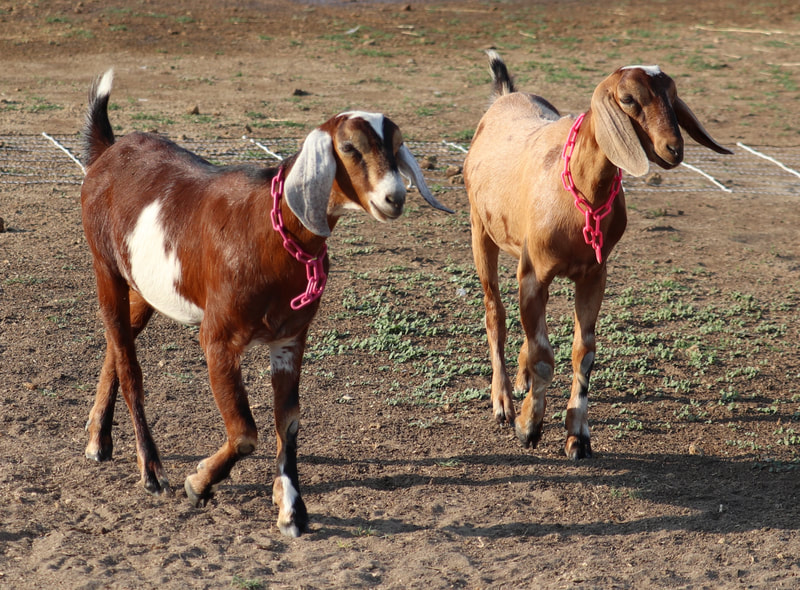






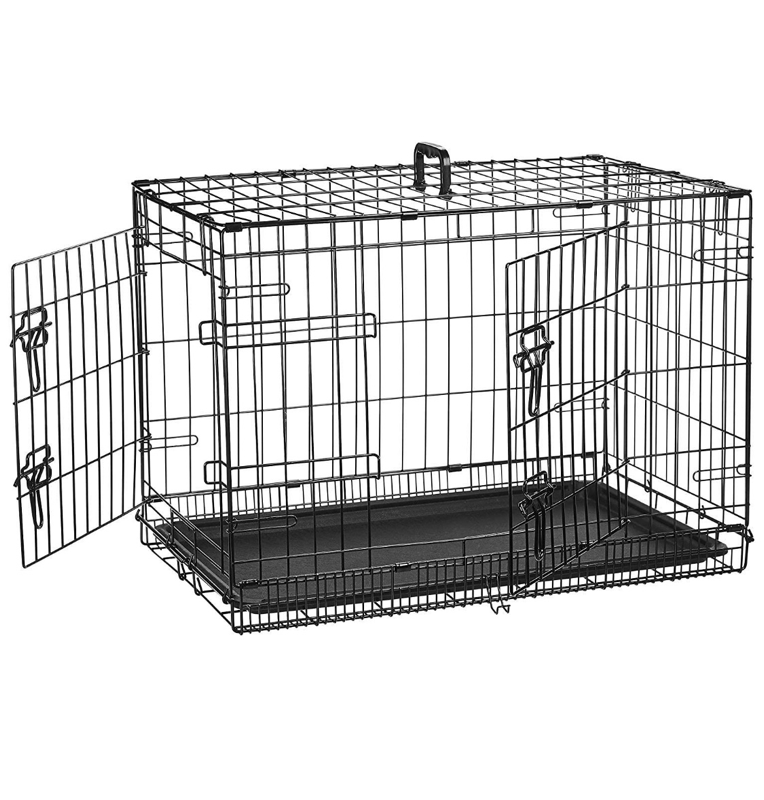
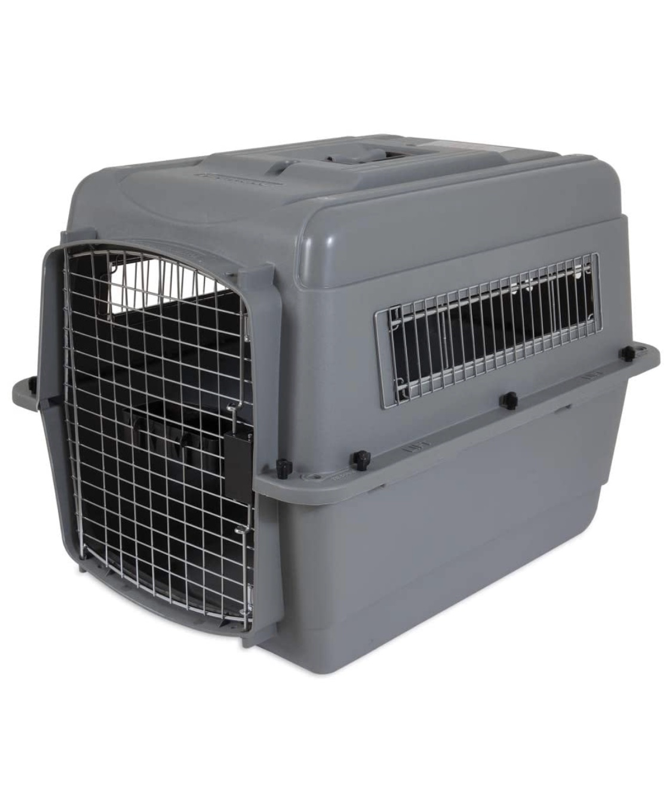
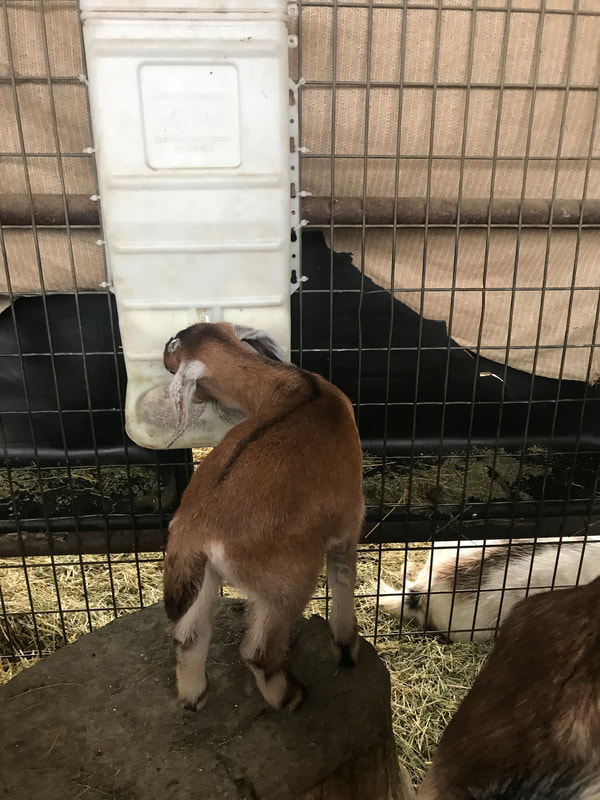

 RSS Feed
RSS Feed




